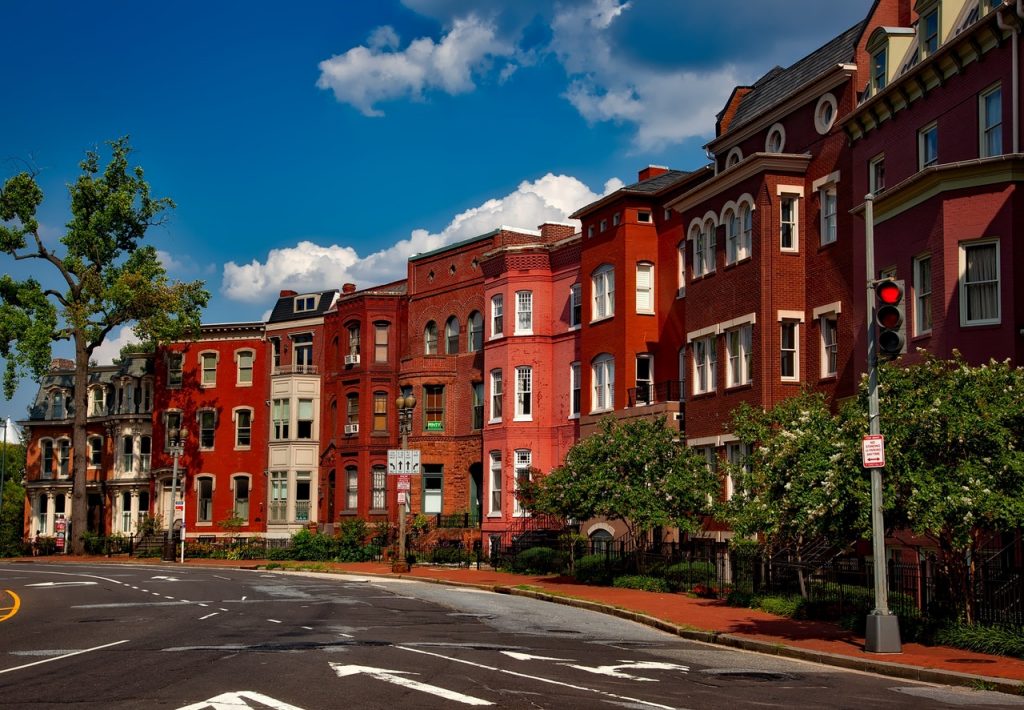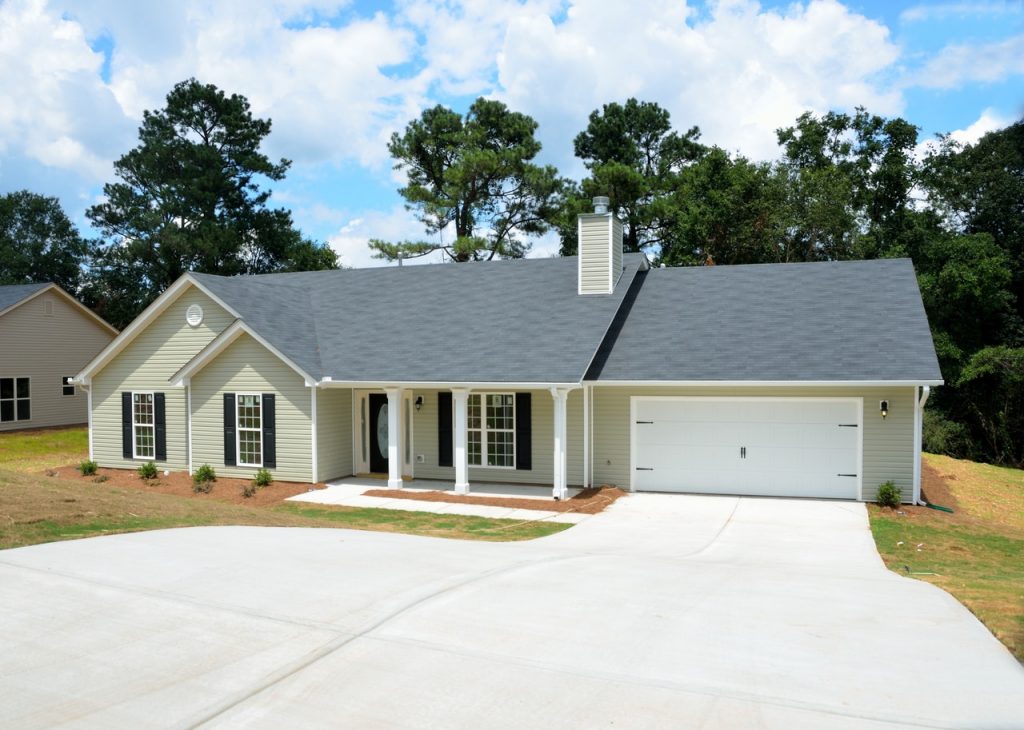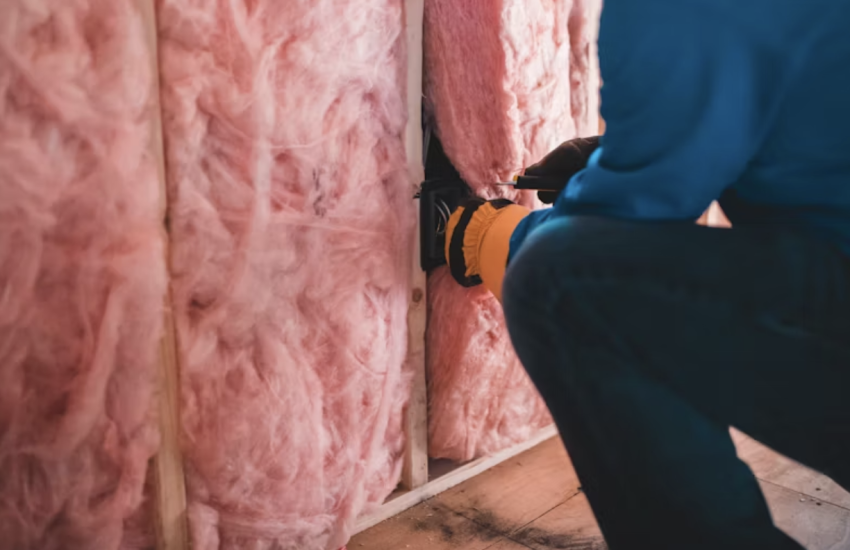Buying A House? 4 Steps To Researching A Neighborhood Before You Decide To Buy
Before you buy a home, you should preferably do a bit of research. You might find out that there are problems with your dream house you didn’t even know about – like noisy neighbours, a history of crime, or an upcoming development which could crush your property’s value.
You need to research your neighbourhood before you make any decisions – take these steps to do it right.
1. Look Up Prices

Whether you’re going to a property auction or making an offer through an estate agent, it pays to know the average prices of local properties. There are a number of online tools you can use to check valuations and sales, depending on where you are looking to buy.
Get a feel for how prices have been lately first of all: this will tell you how much you should be willing to pay. But you can also look at changes over the past year or so to get a picture of whether they neighbourhood is going up or down. While it’s not always a sure thing, rising prices might mean your house makes a good investment – but dropping prices may mean that it’s the wrong time to move there.
2. Research Crime Rates
It’s really important to know how safe your property is going to be ahead of time. Are you going to need to invest in new security systems? Will you be in danger of theft or attack? Or is it the kind of neighbourhood where you could leave your keys in the door and have them returned to you by a kindly neighbour?
First of all, search for a crime map for your area. Some local councils and governmental bodies create these to help you understand the picture of crime in the area at this moment. If one has not been created near you, then there are other ways to search. You can check Sex Offender Registers, and search for news reports, as well as get information from local police departments.
Make sure you find a great neighbourhood with low crime rates – this will not only keep you safe, but also makes your property value less likely to decrease.
3. Find The Nearest Spots

Where is the nearest good school? Bus stop? Train station? Coffee shop? Think about the things that matter to you the most and see how far you’ll need to go to get them. A quick and easy way to do this is to open Google Maps. Put in your property’s full postcode, then use the “search nearby” tool to look for things you need.
The map will expand and contract to show how far the nearest options are. This will help you figure out what your quality of life will be like – and you can even use the directions tool to see how long it would take you to walk, cycle, drive, or take public transport to any given location.
4. Look For Planning Permission
This is a sneaky one, and you might not think of it until it’s too late. Does anyone have planning permission in your area? They could be building anything from a school to a leisure centre to a cheap housing complex. The good news is that such plans have to be made public, so you could find them with a Google search or on your local authority’s website.
When you have made these checks, you might be a little more confident about your neighbourhood. On the other hand, you may find a red flag that warns you away from what would have been a poor purchase.


















